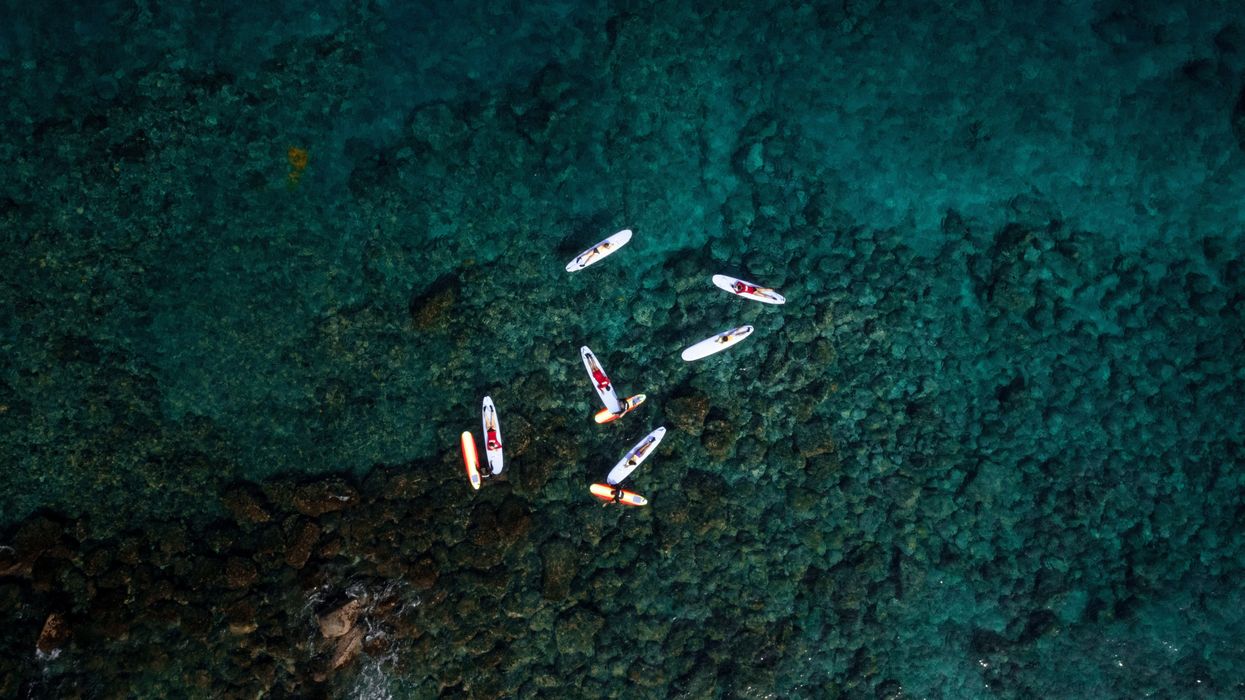Sustainable Travel
Effort to Restore Maui Coral on Yacht Damaged Reef
Effort to Restore Maui Coral on Yacht Damaged Reef

Photo by Jakob Owens on Unsplash
By continuing to use our site, you agree to our Privacy Policy and Terms of Use.
Effort to Restore Maui Coral on Yacht Damaged Reef

HONOLUA BAY, Hawaii (KITV) -- "There is a lot of damage down there at the moment," Chanel Browne of the Maui Ocean Center Marine Institute lamented, "While going out there, there is some obvious coral damage."
When the yacht went down, it may have marked the end of part of the story. But back where it was towed off the reef, debris and broken coral littered the vicinity.
"Obviously, straight from shore, it goes back maybe about 100 feet, where the boat was dragged. And in that path, there is some rubble, some coral fragments and large coral colonies that were broken off," Browne told KITV4.
Dr. Rob Toonen of the UH Hawai'i Institute of Marine Biology said, "The best thing we can do is get into the water right away and reattach those big old corals because that is the reproductive efforts for the future of that reef area- to get those things stabilized to glue them back down and prevent them from dying."
Time was of the essence for dive teams from both DLNR and the Maui Ocean Center Marine Institute.
In Honolua Bay, near 200 coral fragments have been collected to be nurtured in the Marine Institute's land-based coral lab.
Hawaii, much like Australia, is on the forefront in the field of coral restoration.
"We'll actually micro-frag the coral, and they'll be placed on plugs or plates for the duration of their time with us," Browne explained, "In that time, we can actually grow them quicker than if we were to kind of just grow the coral on its own, which is what would happen naturally out in the ocean. By using the micro-fragging process, we're actually able to grow it about 40% faster."
The smaller pieces will undergo a longer rehab process and be reattached in six to eight months, whereas the four to five larger colonies will be attached with temporary zip ties and epoxy until it cures.
Hawaii, much like Australia, is on the forefront in the field of coral restoration.
"A lot of our coastal roads, a lot of our coastal infrastructure, our HICO power plants, our runways at the airport, all of these things are protected from storm surge by coral reefs," Dr. Toonen explained.
"And as we lose that, those waves start coming right up on shore, they start taking up that infrastructure, we start losing houses, we start losing roads, and that's a real problem," he said.
The-CNN-Wire
™ & © 2023 Cable News Network, Inc., a Warner Bros. Discovery Company. All rights reserved.